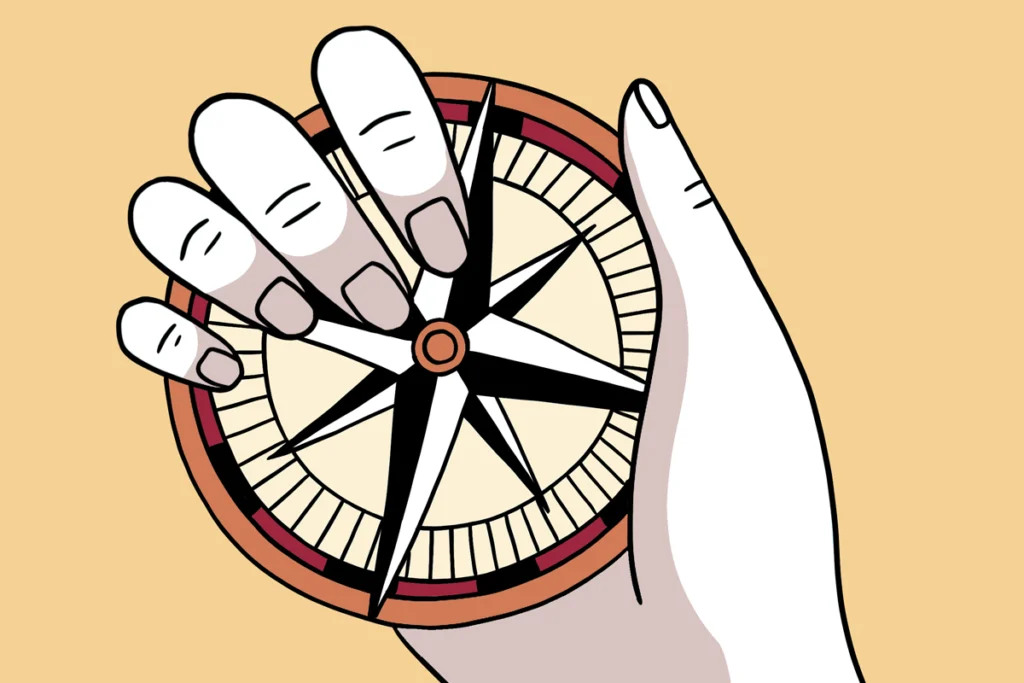It’s a common pickle for Ph.D. students and postdoctoral researchers: Your principal investigator insisted that you go to your next “Big Conference” to network, but she didn’t tell you what this entails. No problem—you’ve come to the right place.
Let’s start with a definition. Networking is not me trying to get something from you, or to trick or manipulate you into giving me a fellowship, job or some other opportunity. Networking is the exact opposite and, as such, the most honorable endeavor. At its heart is the spirit of generosity. Networking is about crafting win-win alliances with others, in which there is an exchange of value over time—and it starts with me exploring what I can do for you.
Although it’s possible to meet someone at a conference or some other in-person event, the majority of networking—i.e., the relationship building—takes place virtually. Naturally, the first point of interaction, when you reach out to someone to start a conversation, is critical. But how do you find people to reach out to? Here are my top five favorite ways to find people to network with in neuroscience, along with a specific call to action (CTA) and suggested wording for each.
- Tap associations.
Your professional association, which may be the Society for Neuroscience, offers a veritable boatload of mechanisms to help you find people. Start by looking at the elected board and committees, and expand to the unsung hero of association networking, the membership directory. This is one of the best benefits of being a paid member of an association, yet few neuroscientists take advantage of this resource. You can often conduct targeted searches of the membership list to find people in subdisciplines, institutions and regions of interest to you.
CTA: Find five people on committees and email them: “I would like to learn about the committee’s work to see how I can become a more engaged member.”
- Act on publications.
Every time you write a paper or serve as a quoted source in media, you invite others to reach out to you. Of course, the same goes for others. When you read a scientific paper, an article in The Transmitter or a publication from your association featuring a neuroscientist you admire, you can leverage this as the reason to reach out to them.
CTA: Find five people who have authored papers or are featured in other articles and email them: “I really appreciated what you wrote/said about x. Would you be open to a Zoom coffee to explore the potential to collaborate?”
- Prepare for conferences.
There is more to conference networking than relying on luck and hope to identify people. Review the scientific program to find speakers who are working in subfields relevant to your own work. Look at the list of exhibitors and follow the conference’s X (formerly Twitter) feed to see if there are dine-arounds taking place in which you can participate.
CTA: Find five people who are speaking at the conference, and four weeks before, email them: “I plan to attend your talk. Are you free for a 15-minute coffee while we are both in [name of city]?”
- Mine LinkedIn and other social media.
Find neuroscientists across any platform by doing simple searches. Cross-reference your list with members, speakers and authors you identified from the first three tips.
CTA: Do a search on LinkedIn for “neuroscience and x,” where x is any other variable of interest to you. Then send an in-app message or email: “It looks like we have similar interests in x. Would you be open to a casual conversation to explore the potential to collaborate?”
- Return to your alumni association.
You have a built-in connection to others who went to your alma mater(s). You can find other leaders in neuroscience from your institution by reading your official alumni magazine, or via my favorite technique: Go to the official page of your former institution on LinkedIn and click on “Alumni.” You can search alumni based on what they studied, what they do, where they work and where they live.
CTA: Find five alumni who studied neuroscience at your alma mater(s) and write to them: “I saw you graduated from the University of x—me too! Would love to connect.”
Concepts and language in this article draw from and have been featured in previous works by the author, including her speeches, articles, blogs and book, “Networking for Nerds.”
Jobs, trainings and funds (compiled by Angie Voyles Askham):
- The BRAINS program, which aims to advance diversity and inclusion in neuroscience, is taking applications for its 2024 cohort of postdoctoral researchers until 18 April.
- The Women in Neuroscience Repository is hosting a webinar on career development, set for 18 April. Panelists will discuss how to overcome challenges leading to tenure, such as negotiating during the hiring process and managing a lab.
- Final-year graduate students in neuroscience can apply for the upcoming Graduate Student Award Symposium at the University of Texas Southwestern. “Selected applicants will give invited lectures, meet faculty, and learn about being a #postdoc at UT Southwestern. All expenses are paid,” Bill Dauer, director of the school’s Peter O’Donnell Jr. Brain Institute, wrote on X. Apply by 30 April.
- The Federation of European Neuroscience Societies (FENS) seeks applications from early-career researchers for a discussion of the necessity of animal experiments. Applicants must submit either a literary work or a scientific essay on the topic by 3 May and could win one of two prizes of 500 euros.
- “The secret to a successful grant application” is the subject of a free webinar on 7 May by scientifyRESEARCH, an open-access research grant database.
- The FENS Forum is hosting a Neuroethics Hackathon on the ethical futures in neuroAI, scheduled for 25 June. The organizers plan to hold discussions with select participants on “how to ensure more responsible futures for potential advances in AI-powered neuroscience.”
Recommended resources:
- Researchers should prioritize projects that have the “3 Ps”—people they like, topics they feel passionate about and a high likelihood of publication—according to a Nature article.
- The freedom to pursue risky ideas and the opportunity to mentor the next generation of scientists are two of the commonly cited reasons for staying in academia, according to another Nature article.






